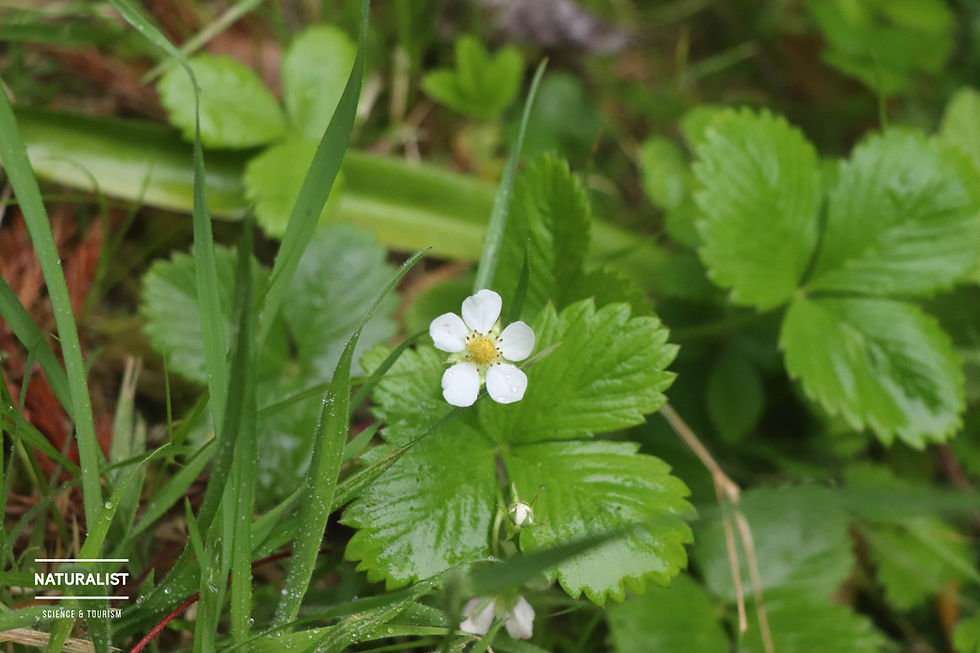| Natural Calendar | June - Junho
- Atlantic Naturalist

- Jun 14, 2019
- 2 min read
Updated: Sep 30, 2019
Summary
The summer arrives. This month is characterized at sea by the arrival of the Pan Atlantic Spotted Dolphins (some years only later in the month), they anounce the season.
The weather is marked by the intensification of the gulf stream branch crossing the Azores, entitled the Azores Current. This brings an increase in seawater temperature, reaching 19 and 20ºc. The air is hotter and on high humidity days is literally difficult to breath!
In land, Flowering is close to its great extent, and most can be see flowering or close to at htis month. That will only be reached next two months, as some widespread endemics flowering plants as well as the hydrangeas are only starting now. However, the insects are crazy, sunk on polen such as of Tolpis succulenta.

Cetaceans
Spotted dolphins start to arrive in the Azores. Generally pods with plenty of calfs. These are the most playfull of the seasonal resident dolphins. Stripped dolphins are also likely arriving from eastward. Common dolphins are still nursering new borns - but also actively mating - as they form larger pods than usuall. It is believed that common dolphins in this and the following month head foraging to areas further away from the coast as the nich is occupied by the arriving species. Large pods of Stripped dolphins are common to observer as well. There is still opportunity to see some late Fin or even Blue whales crossing the region towards the north although sightings start to diminuish. Sei whale sightings may occur, and these may follow throughout the summer months.



Bird Fauna
The passeriforms are now very busy with egg carying, only some robins, canaries and sparrows can be still observed singing actively (particularly the azorean chaffinch that will continue through July and even August), the male azorean wag tail are more seen than females and the gold crests are becoming more elusive.
As for the Marine birds, in the colonies of Corys' shearwater the number of females in nests with eggs is now growing steady. Mostly males vocalize arriving to the colony at night. At the tern colonies a few earlier eggs have hatched, and the parents are now busy with capturing small pelagics to feed their offspring.


Some of the Flowering plants of this month
Endemic and Native



Non-Native






#naturalistpt #atlanticnaturalist #azoresnaturalist #azores #whalewatchingazores #birdwatching #dolphingwatching #dolphinazores #faialtour #faialwhalewatching #Pico #Picowhalewatching #azoren #acores #portugal #bluewhale #spermwhale #finwhale #baleenwhale #pilotwhale #beakedwhale #commondolphin #stripeddolphin #spotteddolphin #rissodolphin #bottlenose #portuguesemanowar #seaturtle #loggerheardseaturtle #biology #biologistguides #certifiednatureparkguides #besttour #jeeptour #islandtour #vantour #exclusivetours #privatetour #boattour #marine #wildlife #photography #conservation #scienceandtourism #conservationtour #whaleconservationazores #baleias #baleiasfaial #baleiaspico #baleiasacores #conservacao #turismoresponsavel #responsibletourism #responsiblewhalewatching #saveourplanet #ocean






















Comments